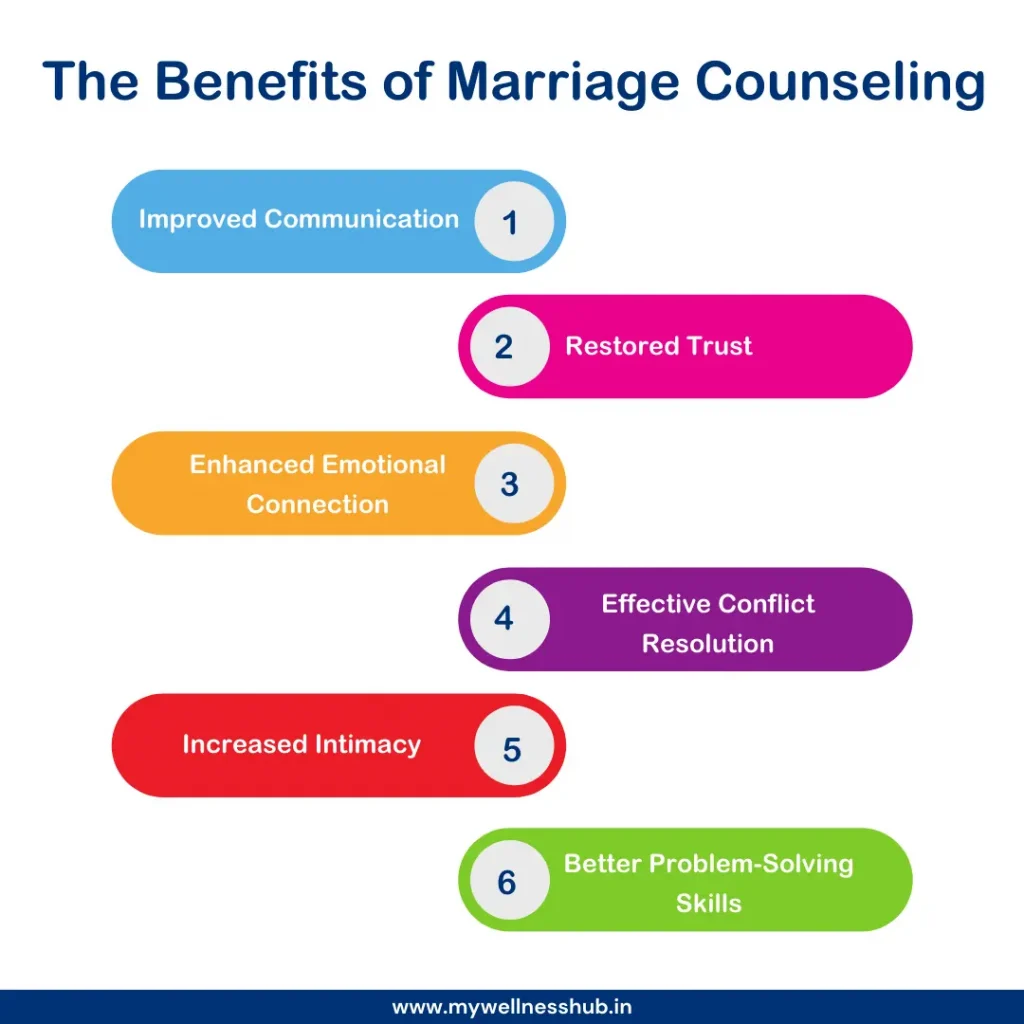Getting The Aim Point Counseling To Work
Table of ContentsThe Buzz on Aim Point CounselingAim Point Counseling for BeginnersThe Single Strategy To Use For Aim Point CounselingThe 7-Second Trick For Aim Point CounselingAim Point Counseling for DummiesWhat Does Aim Point Counseling Mean?
The longitudinal style entails a pre-treatment study and 2 follow-up studies at 3- and 12-months post-intervention. The research study is established in 8 Relationships Australia Victoria centres, across municipal, outer residential areas, and regional/rural sites. Relationships Australia, a non-government organisation, is the biggest copyright of pair coaching and relationship solutions in Australia.

These high rates of relationship breakdown have been continually connected with adverse health consequences for both grownups and kids complying with divorce/separation.
Indicators on Aim Point Counseling You Should Know
Longitudinal researches additionally suggest that kids of separation have a higher incidence of psychological disorders, drug and alcohol usage, and risky sex-related behavior [7] The effects of divorce and separation can be destructive, study shows that high relationship disharmony in undamaged couples is likewise likely to have negative end results.
Research study to date has actually recognized both couple and private variables that might add to connection disharmony. These consist of partnership fulfillment and commitment at the pair degree, and anxiety at the private level.
The 9-Minute Rule for Aim Point Counseling
Consequently, while a lot of research studies indicate renovations in connection complete satisfaction following pair coaching, they are restricted by the examples and procedures utilized, mostly short-term follow-up amount of time, and evaluations that do not account for the dyadic nature of pair information. Partnership dedication, based upon measures such as the Commitment Stock (CI) [19], is another generally examined connection end result.
To summarise, study shows that couple-specific variables as well as specific aspects might predict the end results of pair counselling and relationship solutions. The causal direction of these connections, nonetheless, is less clear. These monitorings are important, because, to justify and direct the application of relationship solutions such as pair therapy, empirical evidence must discover both the end results of partnership solutions and the elements that anticipate effective therapy.
, at least in some European countries.

We presently know little regarding the profiles of pairs that look for out connection education compared to those who look for partnership coaching, or the results of these programs. Anecdotal proof suggests that there may be considerable distress amongst at least some couples looking for connection education. Relationship education and learning programs differ from couple therapy as they are generally highly structured, performed in groups, and focus on a combination of 4 parts; recognition, comments, cognitive change, and abilities training [45]
Some Ideas on Aim Point Counseling You Should Know
Feedback involves participants completing surveys regarding their connection (e.g. find out here actions of social issues), and receiving information on what their scores show. Cognitive-behavioural approaches advertise transforming cognitions to assist in positive relationships. These might consist of promoting sensible attributions/expectations around unfavorable companion practices [46] Ultimately, in skills training, pairs attend lectures or presentations on partnership skills, and practise these during facilitator-led tasks [ 45]
These impacts have persisted for as much as 4 years in some studies [47] Nonetheless, these meta-analyses highlight constraints in the present literary works on connection education. Particularly, most of research studies included pairs from upper socio-economic histories who were not experiencing high partnership disharmony [47,48] This example profile might not represent clients who usually provide for relationship education and learning.
Not known Factual Statements About Aim Point Counseling

Extremely little research study has actually checked out the relative benefits of pair counselling and connection education programs. As customers are most likely to self-select into these solution kinds, it is unclear whether particular relationship distress profiles existing per service type, or without a doubt whether there is a communication in between presenting profile, service kind and end result.
Therefore, we have consisted of a 12-month follow-up to determine longer-term patterns and effects.
We suggest to use multi-level analytical modelling treatments that control for the inter-dependence of couple data to assess any therapy results. The certain aims of the ECC research are to: 1. Map profiles of customers seeking neighborhood agency-based pair therapy vs. relationship improvement programs in regards to socio-demographic and connection indications (such as relationship contentment, relationship dedication, social issues, and reasons for going to), in addition to wellness (such as depression, general health and wellbeing) and health service use (eg.
Determine whether pair coaching and connection education solutions enhance three- and twelve-month results for partnership satisfaction, commitment, and anxiety, using statistical analyses appropriate to combine information. christian marriage counseling. Identify the family member contributions of client variables (individual and pair) and therapy/education variables to end results at 3- and 12-months, and to sustainability of end results over time.
The 3-Minute Rule for Aim Point Counseling
Multi-level modelling to establish pre-post differences, managing for dyadic (pair) degree. To add to the literary works analyzing the effectiveness of community-based pair counselling. The outcomes will certainly aid clinical decision-making in community-based partnership service settings, and specialist training. 3. To figure out the loved one payments of client/couple and therapy variables to outcomes at 3- and 12-months, and to sustainability of end results over time.
Comments on “The 8-Second Trick For Aim Point Counseling”